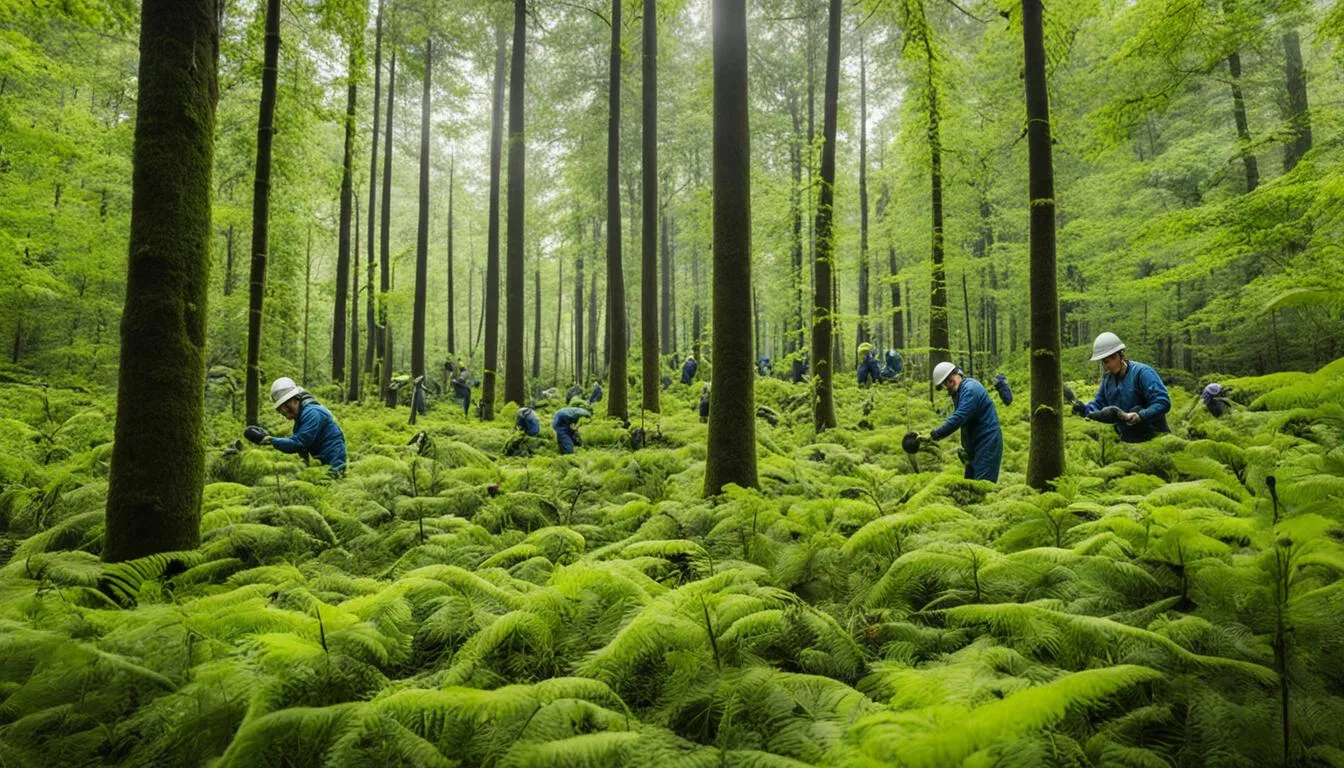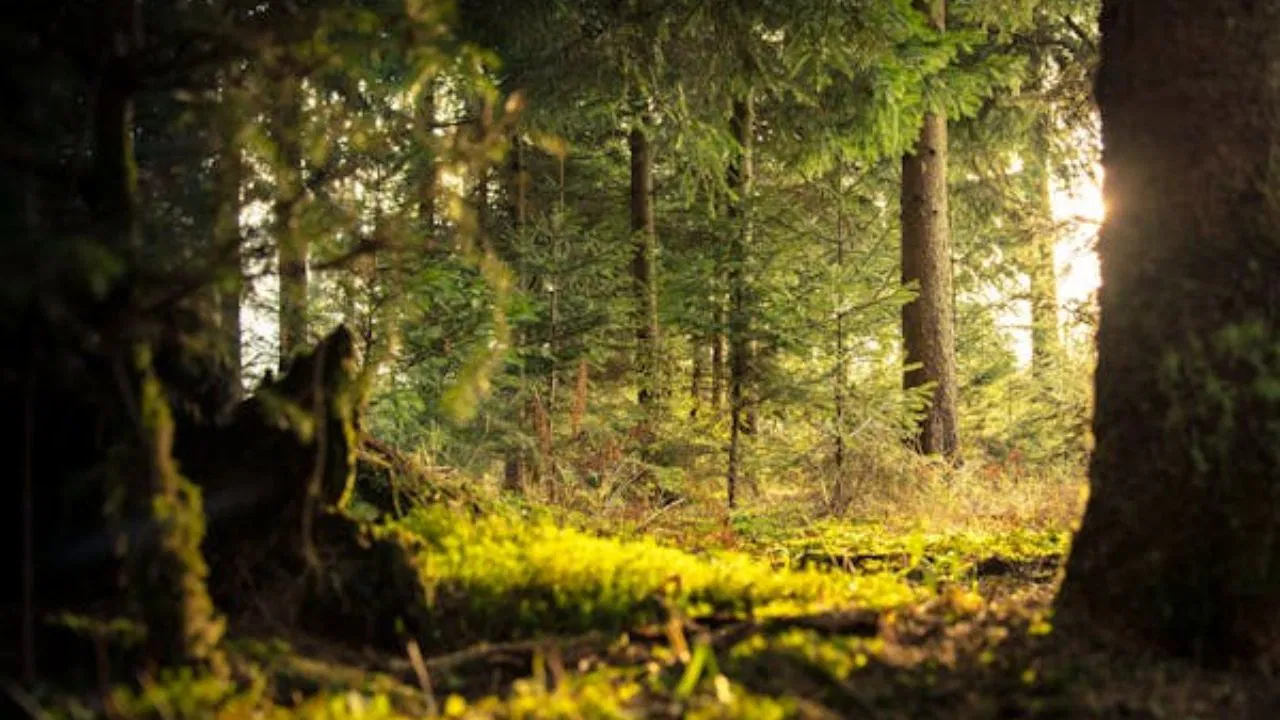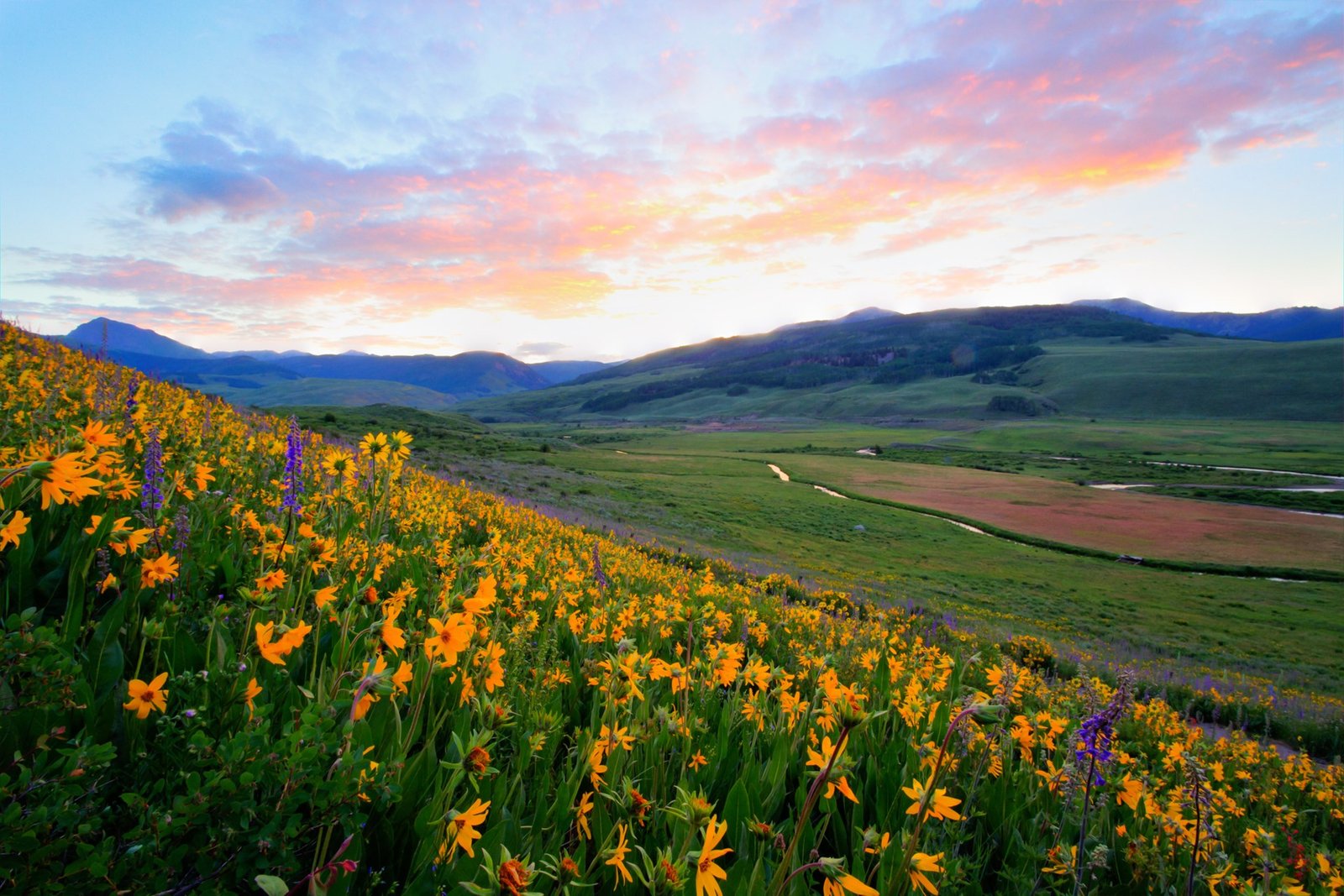SEO Title: Reforestation Rising: 10 Wild Ways U.S. Working Forests Are Actually Leading the Green Revolution in 2025
SEO Description: Dig into reforestation rising: 10 wild ways U.S. working forests are seriously driving the green revolution in 2025. From tree-planting drones to local crews and carbon cash, here’s how America’s forests are getting it done.
Table of Contents
- Why Bother? Why Reforestation Rising: U.S. Working Forests Are Kind of a Big Deal
- What’s In It for Us? Perks of Reforestation in America’s Working Forests
- 10 Ways U.S. Working Forests Are Totally Leading the Green Charge
- How You Can Actually Help Out
- Handy Resources for Tree Nerds
- Need More? Hit Us Up
Why Bother? Why Reforestation Rising: U.S. Working Forests Are Kind of a Big Deal
Look, here’s the thing: reforestation is blowing UP. We’re talking over a billion trees planted since 2020—no joke, that’s straight from American Forests. Even Pinterest is in on it, with searches for “U.S. reforestation programs” going up 75% in 2024. People are finally paying attention.
Working forests aren’t just for lumberjacks—they’re cranking out fresh air, locking up carbon, and giving critters somewhere to crash. The U.S. Forest Service is all about it. Anyway, if you’ve ever wondered how America’s forests are actually fighting climate change, this list is for you.
Check out our 2025 Environmental Sustainability Guide if you want to nerd out even more.
What’s In It for Us? Perks of Reforestation in America’s Working Forests
So, why does this even matter? For starters, U.S. forests are sucking down, like, 2.6 billion metric tons of CO2 every year (props to the USDA for that number). They’re also home to 80% of land species—yeah, basically nature’s apartment complex.
Plus, forestry isn’t just trees and hippies. We’re talking 2.2 million jobs, all thanks to planting, pruning, and keeping things green (shout-out to American Forests again). And when forests are managed the smart way? We get lumber and a healthy planet. Win-win.
10 Ways U.S. Working Forests Are Totally Leading the Green Charge
Alright, here’s the good stuff—actual, real-world things happening right now:
- Scaling Up Tree Planting Programs
The Trillion Trees thing? It’s not just hype. They’re aiming for 60 million new trees every year. Gonna need a lot of shovels (or, you know, just a ton of volunteers and some cash—$1 to $5 a tree adds up). - Using Drones to Drop Seeds Like It’s Sci-Fi
Drones aren’t just for making cool YouTube videos. Companies like DroneSeed are dropping 100,000 seeds a day. That’s basically reforestation on turbo mode. Costs a bit more—$200 to $500 an acre—but it’s fast. - Keeping Timber Sustainable (Not Just Clear-Cutting Everything)
Not all logging is evil. Certified harvests (see: FSC) make sure for every tree chopped, a bunch more are planted. So forests don’t just vanish. Costs about $10–$50 per acre, and you get both wood and more woods. - Turning Trees Into Carbon Credits (AKA, Money for Green Stuff)
Businesses want to look good and help the planet, so they buy carbon credits. That cash goes back into planting more trees. The Nature Conservancy says this pumped $1 billion into projects in 2024 alone. - Bringing Burned Forests Back to Life
Wildfires suck, but the response is awesome—over 500,000 acres replanted every year. The US Forest Service says it’s “critical for recovery,” and honestly, they’re right. It’s pricey, though: $500 to $2,000 per acre. - Getting Locals Involved (It’s Not Just Scientists)
Community groups and regular folks plant 10 million trees a year. TreePeople, for example, is all about it. Sometimes it’s free, sometimes it costs a bit. Either way, it’s a feel-good way to spend a Saturday. - Going Native (No, Not Like That—Think Local Trees)
Forget imported species—native trees like Douglas fir are tougher and better for wildlife. Earth.Org is all over this. Each seedling runs $5 to $20, but it’s worth it for the extra resilience. - Mixing Trees and Crops (Agroforestry Is Kinda Genius)
Who knew planting trees with crops could boost yields by 20%? USDA says so. Costs range all over the place ($100–$1,500 per acre), but it’s wild how much more you can get from the same land. - Boosting Soil Health (Because Dirt Matters, Apparently)
Compost, biochar—whatever it takes to make dirt healthy so trees actually grow. Reports show this can mean 30% better growth. Not bad for $50–$200 an acre. - Teaming Up With Indigenous Groups (They Know Their Stuff)
Indigenous knowledge is priceless. It’s not always easy to put a price tag on wisdom, but projects that listen get way better results—both for nature and for the community.
Wanna see how forests bounce back after fires? Check out our Wildfire Resilience Guide.
How You Can Actually Help Out
Wanna jump in? Here’s how to get your hands dirty—or just make a difference from your couch:
- Join a Tree Planting Event: TreePeople and similar groups always need extra hands.
- Buy Carbon Offsets: The Nature Conservancy sells ’em—put your money where your mouth is.
- Bug Your Reps: Tell Congress or local leaders to fund more reforestation.
- Buy Smart: Go for FSC-certified wood when you shop.
- Be Loud Online: Hashtag it up with #Reforestation2025 on Insta or wherever.
More eco-lifestyle hacks? Check our Sustainable Living Guide.
Handy Resources for Tree Nerds
- Web: American Forests—tons of info, programs, and stats
- Social: Insta hashtag #Reforestation2025 for inspiration
- Grants: USDA drops some serious funding every year (worth a look)
Need More? Hit Us Up
Got questions or wanna share a local project? Drop a line—always happy to geek out about trees.



